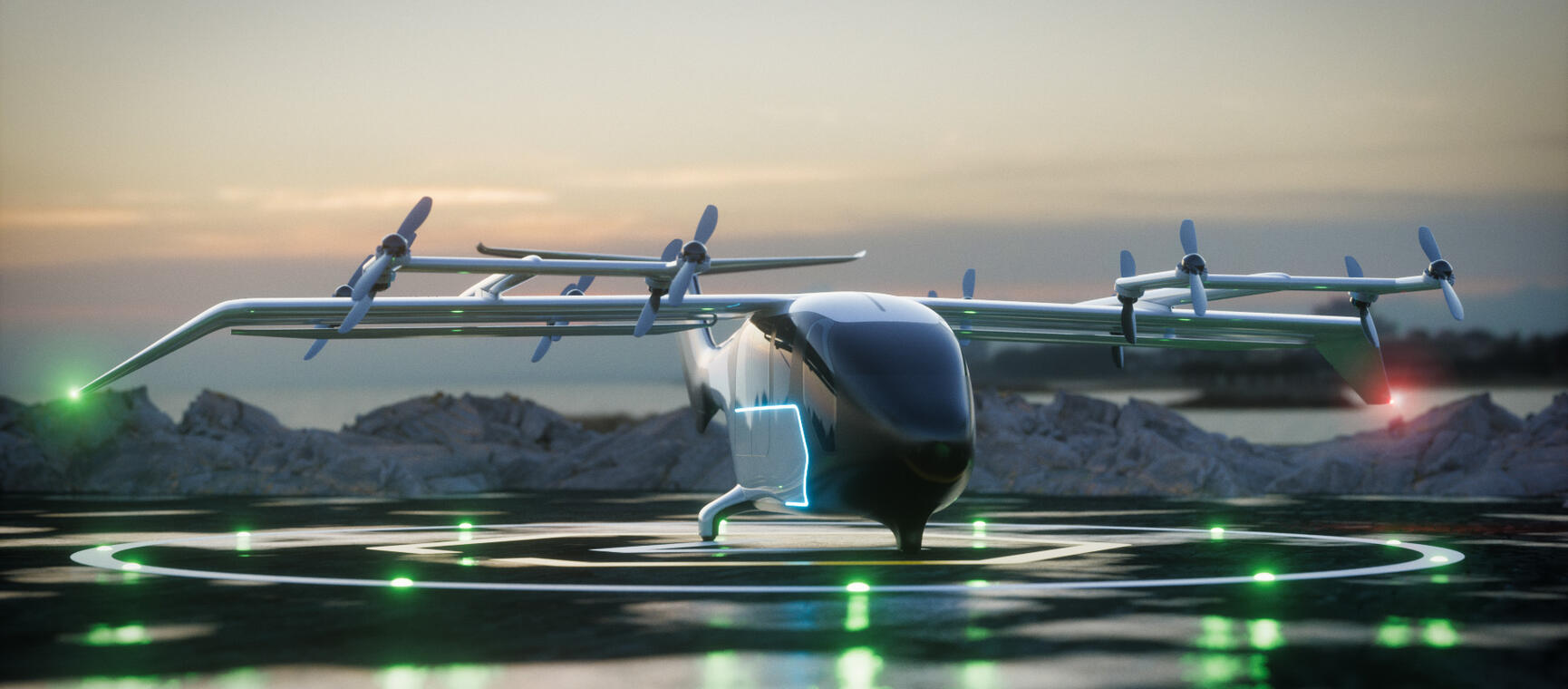
XTI Aerospace Announces Mesa Airlines Pre-order of 100 XTI Aerospace TriFan 600 aircraft
XTI Aerospace has announced a significant deal with Mesa Air Group, the parent company of regional carrier Mesa Airlines, for the TriFan 600 vertical lift crossover aircraft (VLCA). Mesa has invested in XTI Aerospace and placed a conditional pre-order for up to 100 TriFan 600 aircraft, which could represent approximately $1 billion in revenue if all conditions are met.
Mesa Airlines' Investment
Mesa Air Group, the regional air carrier Mesa Airlines holding company, has made a strategic investment in XTI Aerospace, acquiring warrants and a minority stake in the company's common stock. This investment comes alongside Mesa's conditional purchase order for up to 100 TriFan 600 aircraft, a fixed-wing, vertical lift crossover airplane (VLCA) currently under development by XTI Aircraft Company, a wholly-owned subsidiary of XTI Aerospace. If all conditions are met and the order is fully exercised, it could represent approximately $1 billion in revenue for XTI Aerospace.
TriFan 600 Performance Specifications
- Range
- VTOL Range: 700 miles (1,126 km)
- Conventional Takeoff Range: 850 miles (1,360 km)
- 3-12 times longer VTOL range than typical eVTOLs (60-200 miles)
- Speed
- Maximum Cruise Speed: 345 mph (555 km/h)
- Nearly twice as fast as most eVTOLs (150-200 mph)
- Payload
- Seating for 1 pilot + up to 6 passengers
- Most eVTOLs accommodate only 1-4 passengers
- Altitude
- Maximum Cruise Altitude: 25,000 ft (7,620 m)
- Most eVTOLs operate below 10,000 ft
Key Design Features
- Three ducted fans (two pivoting on the wings, one fixed at the rear)
- Powered by two turboshaft engines with plans to transition to hybrid-electric and eventually all-electric propulsion
- Ability to operate from helipads, airports, or any improved surface without new infrastructure
- Certified for single-pilot IFR (Instrument Flight Rules) operations in inclement weather and known icing conditions
Comparison with Other Aircraft
The TriFan 600 achieves high performance using turboshaft engines that initially burn sustainable aviation fuel. As battery technology improves, it plans to incorporate hybrid-electric and all-electric propulsion systems, allowing for a much longer range than current battery-powered eVTOLs. However, the TriFan's use of turbine engines means higher emissions than all-electric eVTOLs during its initial service years. Like many eVTOLs, it is being marketed more towards the regional air mobility and business aviation markets than urban air mobility.
Compared to conventional helicopters, the TriFan offers higher speeds, longer range, and the ability to land on any paved surface but with lower payload capacity. Its performance is closer to tilt rotors like the AW609 but has a higher projected speed and range. In summary, the TriFan 600 is designed for significantly higher speed, range, payload, and altitude capabilities than most eVTOL designs by using a hybrid propulsion approach, positioning it in a different market segment focused on regional air mobility. Hybrid-Electric Propulsion Plans.
Hybrid-Electric Propulsion Plans
XTI Aerospace plans to take a phased approach in developing the TriFan 600's propulsion system. Initially, the aircraft will be certified with two conventional turboshaft engines capable of operating on 100% sustainable aviation fuel (SAF), which could reduce lifecycle CO2 emissions by up to 80%. In the next phase, XTI aims to incorporate a hybrid-electric propulsion system combining one turboshaft engine with electric motors and batteries, using the engine as a generator to power the motors and charge the batteries during flight. This hybrid system is estimated to reduce CO2 emissions by 90%. As technologies mature, XTI eventually plans to transition the TriFan 600 to an all-electric, zero-emission propulsion system.
Impact on Regional Air TravelThe TriFan 600's unique VTOL capabilities and performance characteristics could significantly impact regional air travel by providing greater accessibility and operational flexibility. With its ability to take off and land vertically from smaller airports, helipads, and remote locations, the TriFan 600 could enable more direct point-to-point travel, bypassing congested major hubs. This could establish new regional route networks connecting underserved cities and communities, potentially fostering economic growth in those areas. However, the widespread adoption of the TriFan 600 for regional air travel may face challenges such as high development and certification costs, regulatory hurdles, and competition from other emerging technologies like electric vertical takeoff and landing (eVTOL) aircraft.



